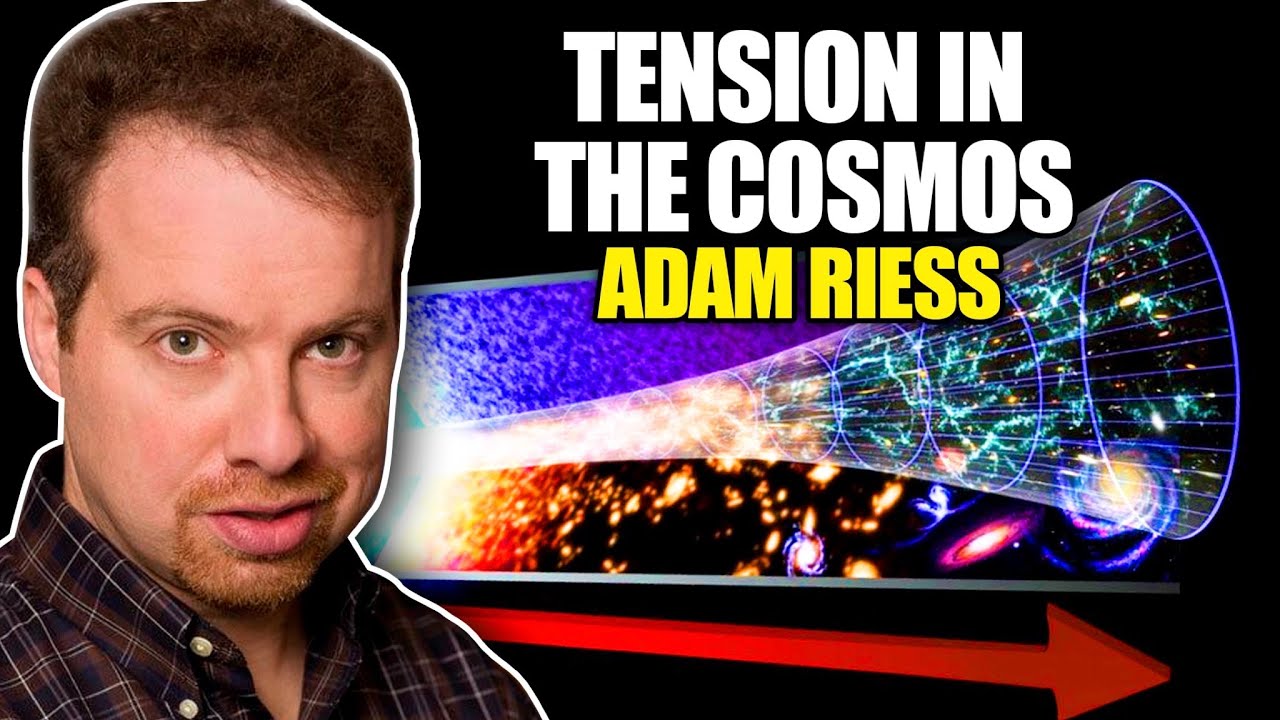The Hubble constant, H_0, measures the rate at which the universe is expanding and thus is a fundamental parameter determining the shape of the cosmos. It is expressed as the proportionality between distance and the observed recession speed of distant galaxies. Determining the Hubble constant has been a major goal of observational astronomy for almost a century, and pinning down its value was a primary goal of the Hubble Space Telescope.
Today, there are two primary ways of determining the Hubble constant: observation of type Ia supernovæ in distant galaxies and from observation of baryon acoustic oscillations in the cosmic microwave background radiation. The existence of two completely independent ways of measuring this key parameter, one observing at the present day and a second looking back to just 379,000 years after the big bang, provides confidence in the measurement if the two values agree.
But they don’t. They aren’t even close. The supernova method estimates a value around 73 km/s/Mpc while the cosmic background measurements come up with 67.7 km/s/Mpc. Taking into account the error bars estimated by those performing the measurements, this is a discrepancy of five standard deviations, which is the gold standard for a discovery in physics and astronomy. Unless a very large number of very smart people who have been thinking about this for a very long time have missed something obvious, it looks like there is something about the evolution of the universe which we just don’t understand.
In this interview, Nobel Prize winner Adam Reiss, member of the Pantheon+ collaboration, which in February 2022 published “The Pantheon+ Analysis: Cosmological Constraints” based upon 1550 supernovæ, concluding:
Finally, we find that systematic uncertainties in the use of SNe Ia along the distance ladder comprise less than one third of the total uncertainty in the measurement of H_0 and cannot explain the present “Hubble tension” between local measurements and early-Universe predictions from the cosmological model.
discusses the results, the Hubble tension, and possible ways in which it might be resolved.
